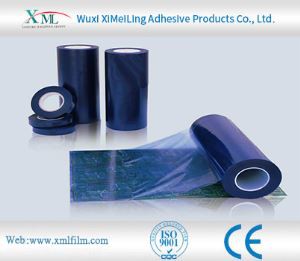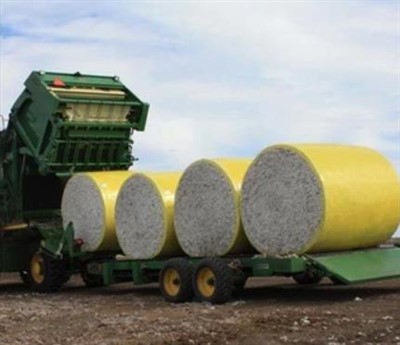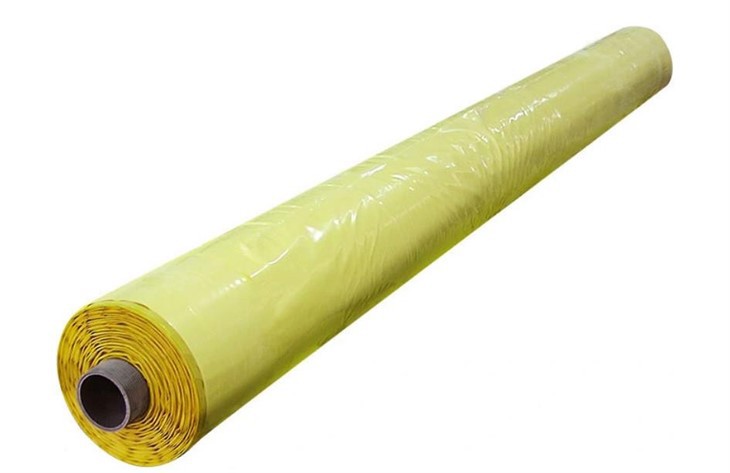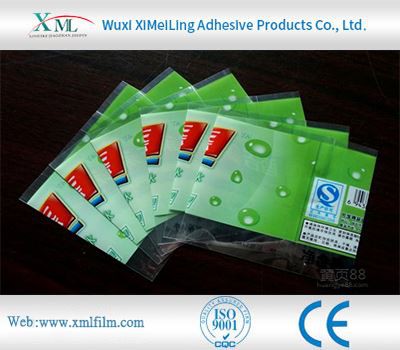Precautions for Storing Stone Protective Film
2025-10-31
1. Pre-treatment before storage
Before storing the stone protective film, clean the surface and check its condition. If dust, impurities, or residual stains are attached to the surface, gently wipe them clean with a soft, dry cloth to prevent stains from seeping or sticking during storage, affecting future use. Also check the film for damage, creases, or abnormal adhesion. If there is localized damage, cut off the damaged portion before storage. If the adhesion is too strong, cover the film with a smooth release paper to prevent the protective films from sticking together and being difficult to separate.2. Choosing a suitable storage environment
The storage environment should avoid humid, high-temperature, and direct sunlight areas. Humid environments can easily cause the protective film to become damp and moldy, affecting its toughness; high temperatures or direct sunlight can soften, deform, or even cause the adhesive to lose its stickiness; low temperatures may make some types of protective film brittle and prone to cracking during future use. It is recommended to store the protective film in a cool, dry, and temperature-stable indoor space, such as a cabinet or storage box. Avoid storing it with corrosive substances or sharp tools to prevent contamination or scratches.3. Use the correct storage method.
Choose an appropriate storage method based on the shape of the protective film to avoid excessive folding or compression. For roll-shaped protective film, keep it naturally curled. A rigid cylinder (such as a paper tube) can be inserted inside the roll core to prevent deformation and collapse. For sheet-shaped or cut protective film, lay it flat and stack it, avoiding too many layers to prevent irreversible creases in the bottom layer due to long-term pressure. Handle gently during storage, avoiding pulling or rubbing to prevent tearing or damage to the adhesive layer.
4. Pay attention to long-term storage maintenance.
If the stone protective film needs to be stored long-term, check its condition regularly. Open the storage space periodically to ventilate and prevent the growth of odors or mold in the enclosed environment. Also, check the protective film for adhesion, deterioration, or aging. If the protective film is found to be yellowed or brittle, replace or treat it promptly. Additionally, place a small amount of desiccant next to the protective film during storage to absorb moisture from the environment, maintain the dryness of the storage space, and extend the shelf life of the protective film.
You Might Also Like
-

what are the advantages of cotton packaging film
-

How does pe protective film cope with high temperature environment
-

The Advantages of Cotton Wrap Film
-

Advantages of Cotton Bale Wrap Film
-

How Polyethylene Packaging Material Copes with High Temperature Environment
-

How to Remove Protective Transparent Plastic Film Without Damaging the Surface
